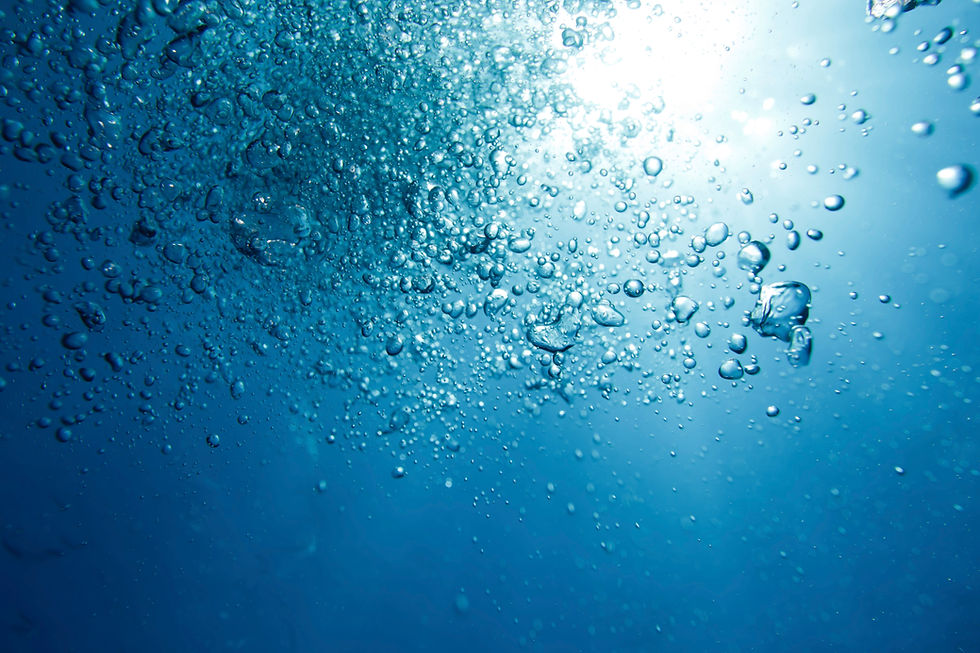Water Cremations- What are they and how are they Eco-Friendly?
- Esther Diane

- Jul 25, 2023
- 2 min read

Water cremation, also known as aquamation or alkaline hydrolysis, is an alternative method of disposition for human remains. It is considered an eco-friendly alternative to traditional cremation and burial methods. Here's how it works and its eco-friendly aspects:
1. Process: Water cremation involves placing the body in a specialized chamber filled with a water and alkali solution. Through a combination of water, chemicals, heat, and pressure, the body undergoes a natural decomposition process, breaking down into its basic components.
2. Timeframe: The process typically takes several hours to complete, varying based on the size of the body and the specific equipment used.
3. Final remains: At the end of the process, the remains consist of a sterile liquid, composed of amino acids, peptides, sugars, and soap-like substances, along with softened bone fragments. The bone fragments can be further processed into a fine, white powder, similar to the ashes produced in traditional cremation.
Now, let's explore the eco-friendly aspects of water cremation:
1. Reduced carbon footprint: Water cremation requires less energy compared to traditional cremation, which often relies on fossil fuels, leading to significant carbon emissions. By using less energy, water cremation helps reduce the overall carbon footprint associated with the final disposition of human remains.
2. No emissions of harmful substances: Unlike traditional cremation, which releases pollutants such as mercury from dental fillings and particulate matter into the atmosphere, water cremation does not produce harmful emissions. This characteristic makes it a safer and environmentally friendly option.
3. No embalming chemicals: Traditional burial often involves embalming the body with chemicals like formaldehyde, which can have adverse effects on the environment when they leach into the soil and groundwater. Water cremation does not require such embalming chemicals, making it a more ecologically sound choice.
4. Water conservation: While water is an essential part of the aquamation process, the amount used is relatively small compared to what is required for traditional burial, which involves ongoing maintenance of gravesites and landscaping.
5. Energy-efficient equipment: Water cremation machines are designed to be energy-efficient, further contributing to its reduced environmental impact.




Comments